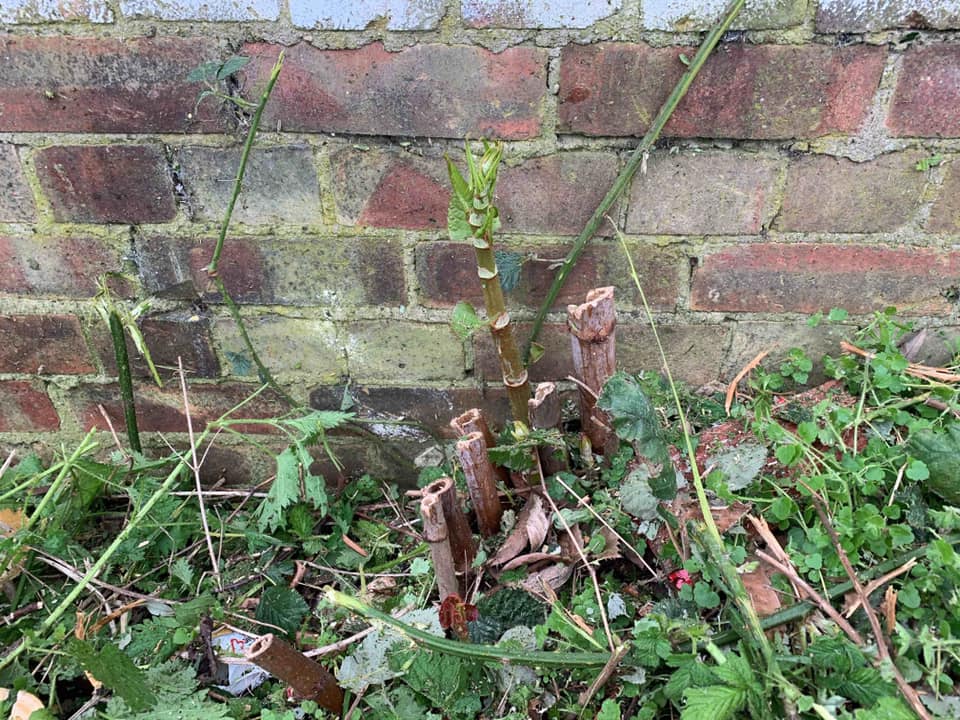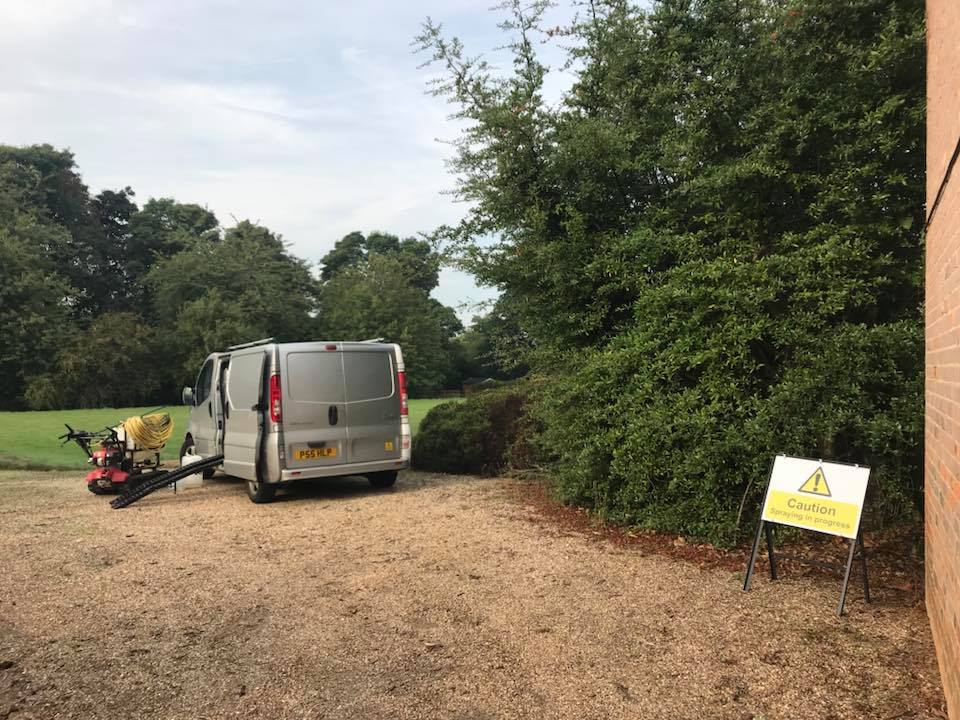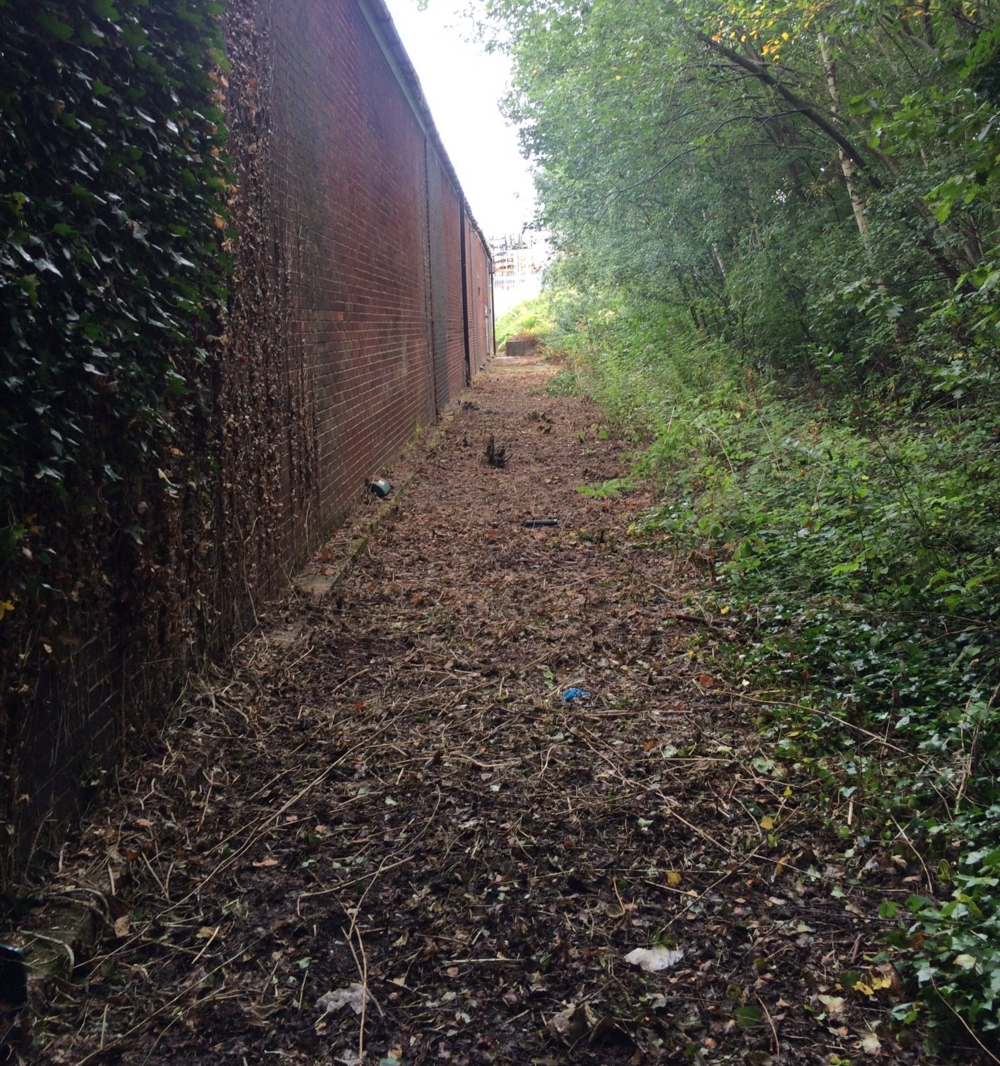Invasive Weed Control
Are you looking for Invasive Weed Control in the UK? If you require Japanese Knotweed or invasive weed control in the UK, we can help. Japanese Knotweed is one of the most intrusive non-native weeds that have caused huge loses when they invade gardens or buildings. Act fast to eradicate these invasive plants.



What are the non-native weeds?
These weeds are found outside their natural habitat because man has introduced them directly or indirectly. If these plants persist in unmanaged or natural habitats for some time, they are considered as 'naturalised'.
This means that the plants have adapted to the prevailing conditions and can thrive in the ecosystem. In most cases, naturalised plant species are not a problem because the ecosystem can accommodate them. However, if these species spread and out-compete native species, they start becoming a threat and eventually cause environmental/economic damage.
Japanese Knotweed
A fast-growing perennial plant that can damage buildings and infrastructure due to its strong underground rhizomes.
Himalayan Balsam
An aggressive, tall-growing plant that crowds out native species along riverbanks and wetlands.
Giant Hogweed
A towering plant with toxic sap that can cause severe burns and blistering when in contact with skin.
Floating Pennywort
A rapidly spreading aquatic plant that blocks waterways and disrupts ecosystems.
Western Skunk Cabbage
An invasive wetland plant known for its large leaves and unpleasant odour when crushed.
Rhododendron Ponticum
An evergreen shrub that outcompetes native plants in woodlands and upland areas.
Floating Primrose-Willow
A water plant that forms dense mats, reducing biodiversity in aquatic habitats.
Parrot's Feather
An invasive aquatic plant with feathery foliage that clogs waterways and reduces oxygen levels.
Chilean Rhubarb
A large ornamental plant with spiny leaves that can displace native vegetation.
Three-cornered Garlic
A bulbous plant that invades roadsides and gardens, outcompeting native wildflowers.
Asian Hornet
An invasive predator that poses a significant threat to honeybee populations.
Gunnera Manicata
A giant-leaved plant that invades wetlands, shading out native species.
Elodea Nuttallii
An aquatic plant that spreads quickly and obstructs waterways and water flow.
Water Lettuce
A floating plant that forms dense mats, reducing sunlight and oxygen in water bodies.
Crassula Helmsii
An invasive aquatic plant that rapidly takes over ponds and wetlands, choking native species.
Summer Lilac
A shrub that spreads easily and disrupts native ecosystems, particularly on disturbed land.
Ludwigia Grandiflora
An invasive water plant that forms dense mats, impacting biodiversity and water quality.
Nymphoides Peltata
A yellow-flowered aquatic plant that spreads aggressively and obstructs waterways.
Ground Elder
A fast-spreading perennial weed that invades gardens and outcompetes other plants.
Azolla Filiculoides
A floating fern that forms dense mats, blocking sunlight and depleting oxygen in aquatic systems.
Lagarosiphon Major
A submerged aquatic plant that clogs waterways and disrupts aquatic ecosystems.
Coontail
An aquatic plant that forms dense underwater stands, impeding water flow and recreation.
Phyllostachys Nigra
An invasive bamboo species that spreads rapidly and dominates landscapes.
Common Ragwort
A poisonous plant to livestock that spreads easily in fields and disturbed land.
Hedge Bindweed
A climbing plant that smothers hedges, fences, and native vegetation.
Fox-and-Cubs
An orange-flowered plant that outcompetes native species in grasslands and meadows.
Bitter Dock
A robust plant that thrives in damp soils, competing with native flora.

Some of the factors that cause animal species to become invasive although they are naturalised include:
- They lack natural control mechanisms, e.g. predators - if a predator cannot control a plant or an animal using natural means, it is tough to control the growth of the invasive species.
- A rapid rate of reproduction, this is mostly vegetative or the use of seeds.
- It is suppressing other species, e.g. allelopathy. If a plant species are allelopathic, it suppresses the growth of other plants nearby thus dominating the area or locality.
There are numerous invasive and noxious weeds in the UK and Ireland. If these weeds are identified, there are a number of methods that can be utilised to manage them. However, it is important to consider the choice of chemicals to be used, the application method and timing, as they can determine if the process of eradication will be effective. We have been eradicating different types of weeds using different approaches and we can guarantee positive results.
Some of the methods we have been using over the years include:
.png)

